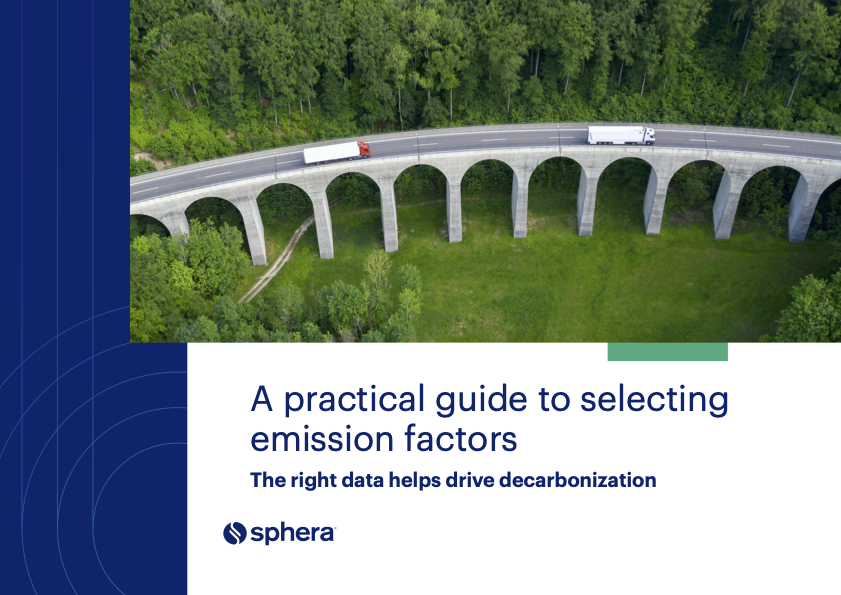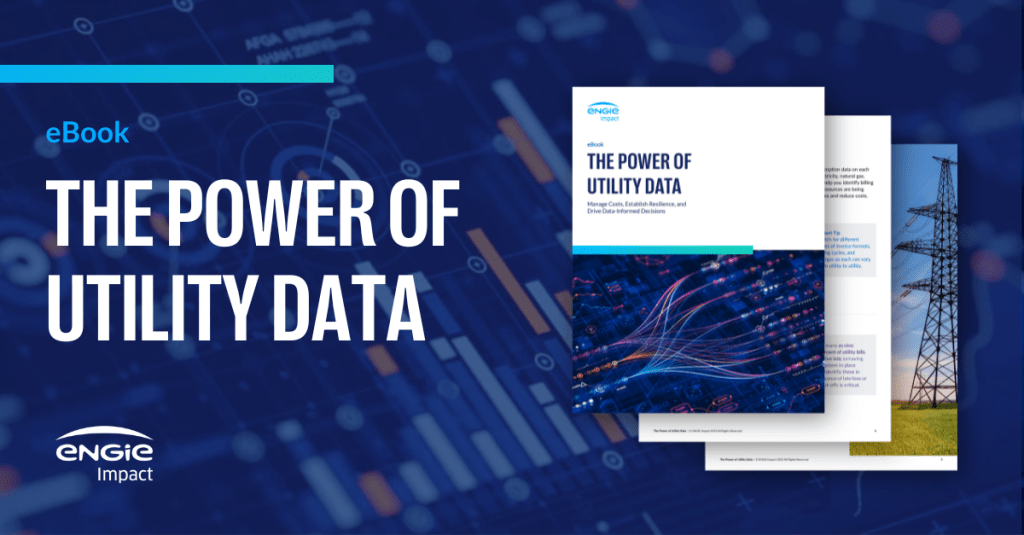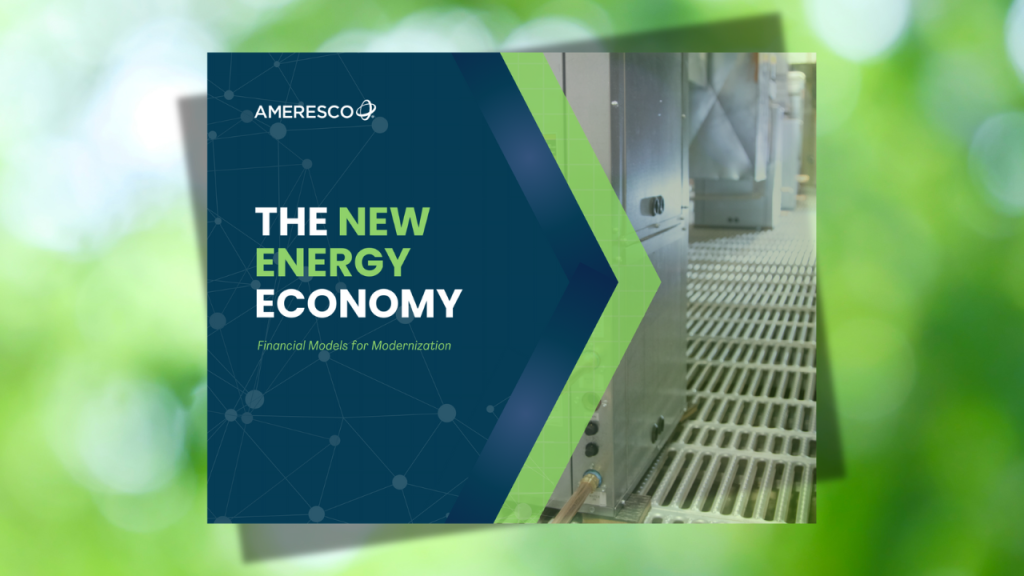Underwriting Green Buildings
For years it has been quietly stated by knowledgeable professionals that green buildings will attain competitive superiority in a down market where there is a flight to quality. That time has arrived, says green building finance expert Dan Winters. Read More
Green building continues gaining market penetration given the significant increase in volatility on energy and water costs along with fast-emerging tenant sustainability mandates. In many major real estate markets, this dynamic is leading to a bifurcation in the leasing market where LEED-certified green buildings have some degree of competitive advantage over conventional non-green buildings.
For years it has been quietly stated by knowledgeable professionals that green buildings will attain competitive superiority in a down market where there is a flight to quality, both in leasing and in portfolio accumulation. That time has arrived and will be with us for the foreseeable future giving green building owners and developers an outstanding competitive position.
Green buildings that achieve energy and water efficiency metrics drive down a tenant’s overall financial occupancy cost. They also help fulfill corporate sustainability policies and mandates; over 50 percent of Fortune 500 issued sustainability reports in 2007 and these are typically coveted credit tenants. Although there has been relatively little recognition of this market dynamic in the real estate finance community to date, this is likely to change over the next 12 to 18 months.
Depending on an asset’s overall competitive set, market supply/demand absorption dynamics and changing tenant sophistication levels, strong operational cost containment coupled with a green market position can have a significant impact on financial performance. Factoring sustainability-related issues into financial underwriting — particularly energy and water efficiency, location and indoor environmental quality aspects — is fast becoming an important set of considerations when making financial-based decisions with 5- to 10-plus-year life spans.
Capital Markets Partnership
In early 2008, Evolution Partners and the Institute for Market Transformation to Sustainability (MTS) began developing an industry-wide underwriting standard for Wall Street, lenders, capital market investors and appraisers to use when analyzing both green and conventional buildings. Over the course of this past year, a group known as the Capital Markets Partnership (CMP) coalesced around this effort, reinforcing the glaring need to create a standardized system to identify financially tangible green attributes and incorporate them into the underwriting process at all levels of the real estate investment chain.
The CMP, through its association with MTS, is an American National Standards Institute (ANSI) accredited and audited standards developer. This group engaged a large number of real estate capital market participants in the consensus standard process that was developed through ANSI-approved protocols. This rigorous process engendered significant industry participation and input from major capital market participants resulting in a strong tool for capital market implementation.
The Green Building Underwriting Standard for both commercial and residential application was approved in early September and will be ready for adoption by the financial real estate community this fall. It is designed for use by all levels of the capital sector, including direct lending, CMBS underwriting, CMBS purchasing, private equity investing, REIT analysis and upstream investor reporting.
These national consensus-based standards are an important industry component since they limit risk and uncertainty in investing and are particularly vital to capital market investors and rating agencies. By providing guidance as to an asset’s green attributes, including its Energy Star score, LEED rating and specific LEED points achieved, and/or Climate Neutral certification, investment practices will evolve to effectively incorporate a green building’s value enhancement.
CMP received the endorsement of the U.S. Council of Mayors at the 2008 annual meeting through the passage of a resolution led by San Francisco Mayor Gavin Newsom, Chicago Mayor Richard Daly, San Jose Mayor Chuck Reed and Miami Mayor Manuel A. Diaz. This resolution recognizes the urgency of the capital sector to generate investments in high-performance green buildings through the creation of sustainability-based investment criteria and corresponding investment products, such as securities backed by mortgages on green buildings, green building private equity funds and asset-retrofit equity and debt funds.
 |
CMP is structured as a nonprofit coalition of investors, investment banks, insurers, NGOs (nongovernment organizations) and city, state and federal governments. Key CMP members include the U.S. Conference of Mayors, JPMorgan Chase, Citi, Bank of America, Wachovia, Jones Lang LaSalle, PNC Bank, Allianz, Fireman’s Fund, Goldman Sachs, TIAA-CREF, Wells Fargo, U.S. EPA, U.S. Treasury, Federal Home Loan Bank of Boston, Fannie Mae, Destiny USA, the United Kingdom and the states of California, New Jersey and New York along with numerous other major municipalities.
Underwriting Tool
The main objective of the straightforward, easy-to-implement underwriting tool is to allow lenders, private equity purchasers and institutional real estate owners the ability to rate an asset’s “greenness” at the time of financing or acquisition. The tool is structured as an underwriting overlay by enhancing current underwriting practices. Upon analysis, an asset is assigned a “CMP Green Score” from 0 to 100 based on the presence or absence of financially tangible criteria that influence the asset’s financial, operational and market-risk profile. Once a specific asset’s CMP Green Score is determined, this analysis can expand to the portfolio level through an aggregation of asset-specific scores.
The CMP Green Score takes into account asset features that lead to energy and water efficiency thus reducing current operating costs while also insulating tenants from future energy and water price volatility. The CMP Green Score also incorporates location-based attributes that affect a tenant’s commuting patterns and/or carbon footprint, as well as factors inherent to indoor environmental quality that can affect rents, risk and liability exposure.
Understanding an asset’s green profile on a relative scale allows greater market transparency across all facets of the investment decision process. The standard addresses critical market pressures that include a rapid rise in conventional energy costs, increased operating costs, tenant preferences swaying in favor of green buildings and current/future climate-change issues. It also helps tighten loose underwriting standards and increase capital market confidence. Ultimately, the disclosure of the CMP Green Score will better enable investors to fulfill fiduciary responsibilities, improve real estate industry underwriting, and make appropriate risk-adjusted investment decisions.
Prognosis
Assessing risk is a key factor in making superior real estate investment decisions. Asset-based risk comes in many forms — operating cost volatility, vacancy and lease-up time, tenant quality, competitive market profile, rent growth, obsolescence, liability exposure, cap rate on sale and other relevant issues. Reducing these risks is paramount to an investor’s return expectation and to its fiduciary duties if investing on behalf of third parties.
 |
A key issue addressed is debt underwriting. Projects with energy-efficient and water-efficient features along with proven financial metrics tend to be penalized during the financial underwriting process through the application of “greater-than-market-or-actual” on expense-based items and “less-than-market-or-actual” on revenue-based items. A market utility expense figure may be based on appraisal comparables, a lender’s experience, the BOMA Experience and Exchange Report or some other metric, all of which penalize the asset owner’s investments in efficiencies. Once the Green Building Underwriting Standard takes hold in the financial arena, efficient buildings and their favorable risk profiles should achieve the recognition they deserve.
On a macro scale, the many benefits of the Green Building Underwriting Standard include:
– Provide an accounting method for green building value within existing underwriting criteria
– Increase the quality of investment underwriting
– Increase the collateral value of the building stock via a third-party certification process
– Stimulate the investment market for green investment products
– Stimulate the asset market to “green” assets
– Increase investor security and profitability
– Provide opportunities to adopt clean energy
– Further commercialize green buildings and their many economic and social benefits
Ultimately, real estate asset underwriting requires a focus on 1) an absolute reduction in total risk exposure, and 2) the opportunity to achieve enhanced cash flow from an investment with one set of attributes as compared to an asset without those same attributes.
By allowing the finance market to assess building attributes on a relative basis, efficient capital markets will reward developers and investors who invest in tangible green building features and operate their assets at higher efficiency levels over those who do not. At its barest fundamentals, this is free-market capitalism at its finest.
Dan Winters is managing principal of Evolution Partners, a real estate investment advisory firm specializing in raising debt/equity capital for high-performance, environmentally responsible LEED/EnergyStar real estate projects. He can be reached at 202-997-3922 or Dan@EvolutionPartners.com.

Subscribe to Trellis Briefing
Featured Reports

The Premier Event for Sustainable Business Leaders















